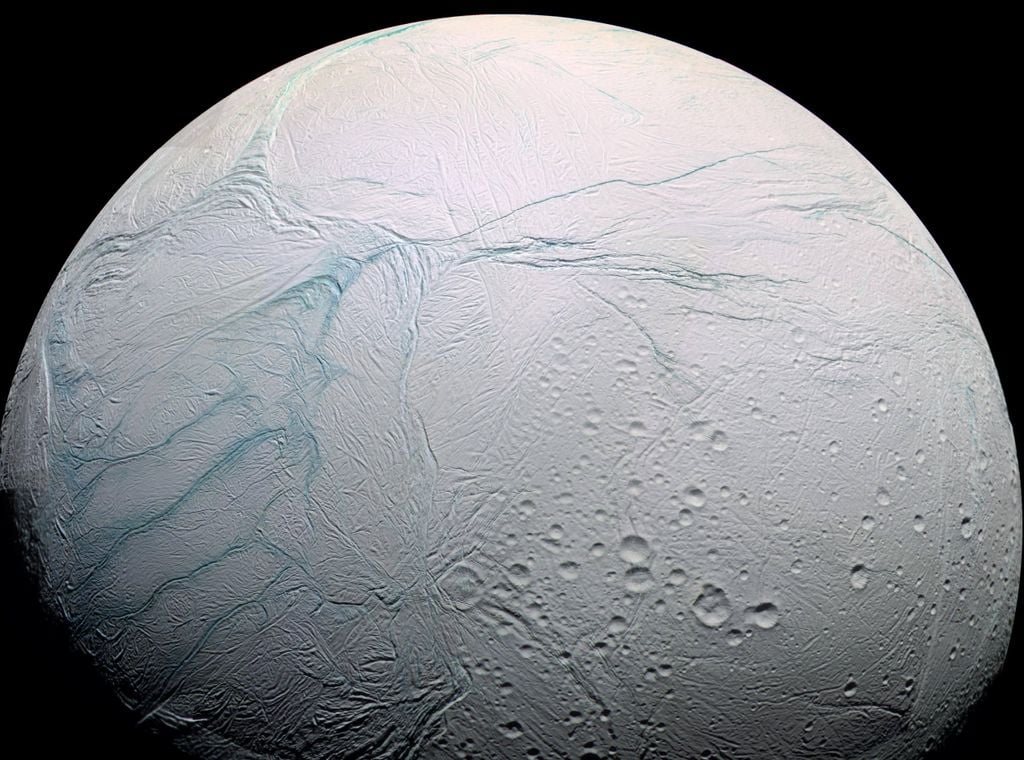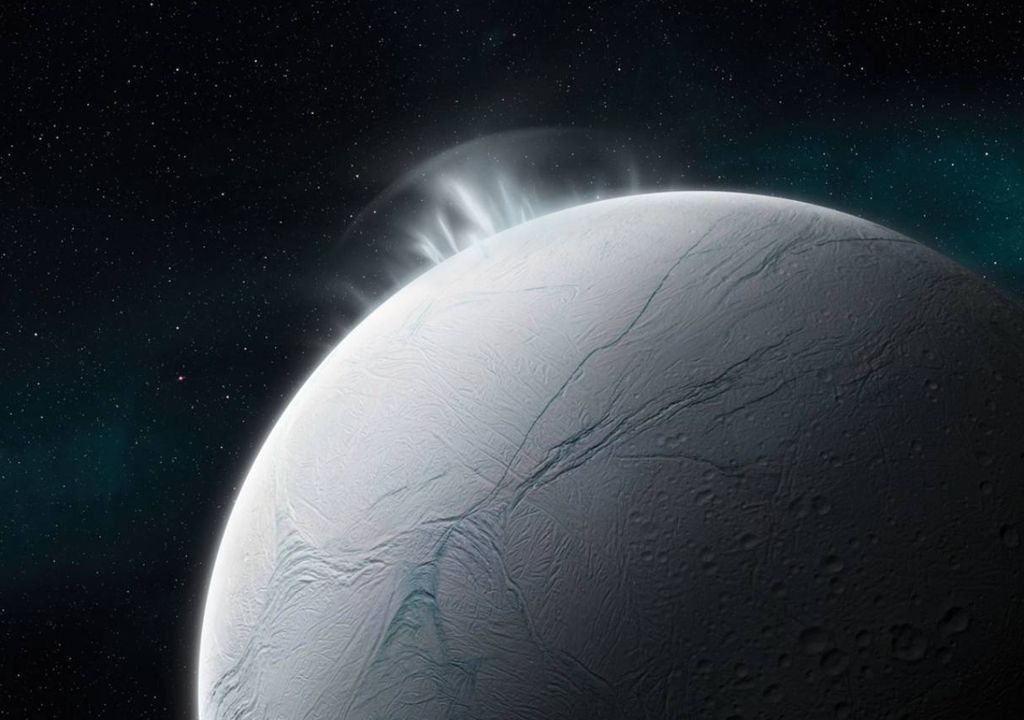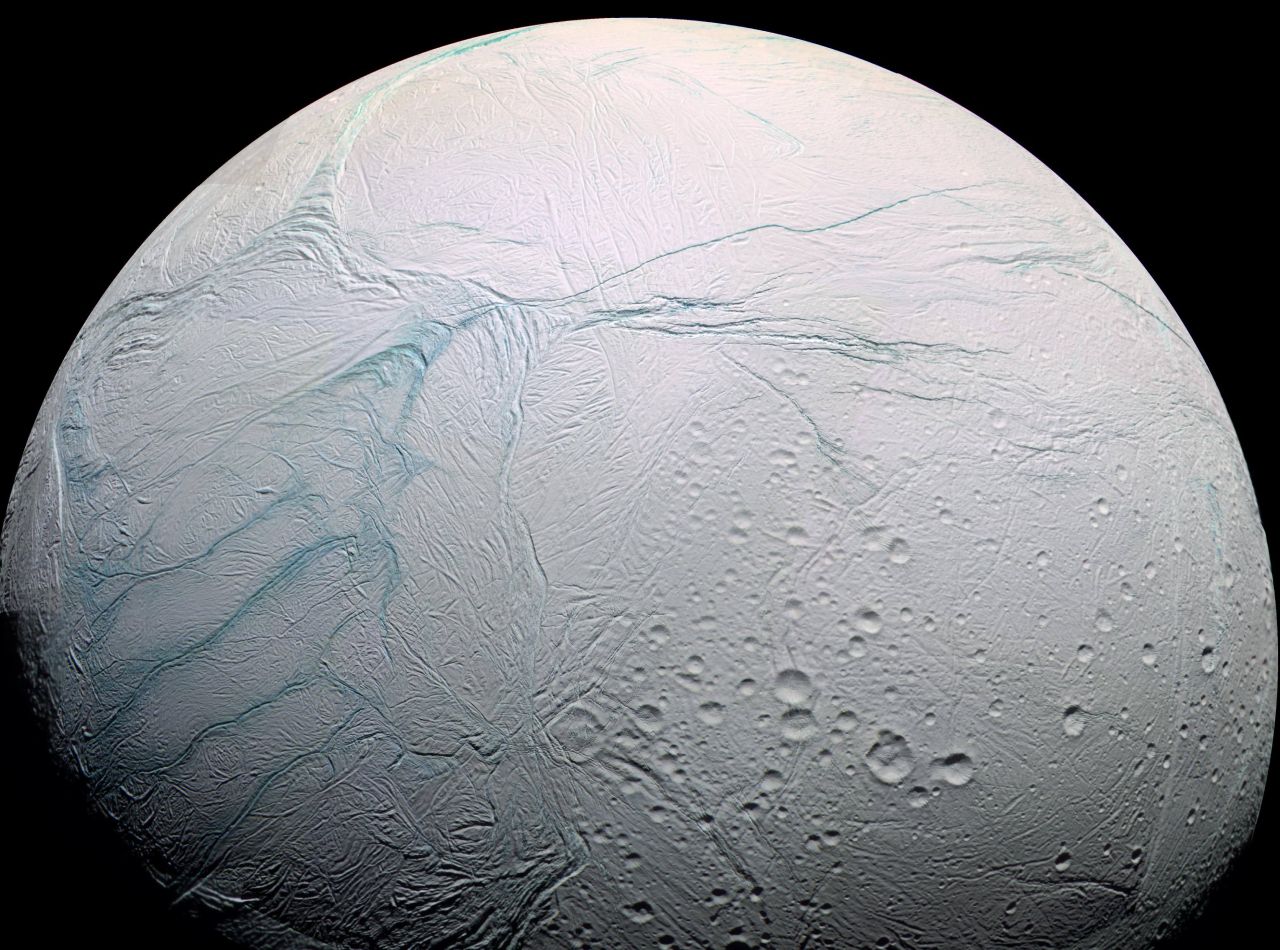
Phosphorus is one of the six elements that are essential to the existence of life. Interestingly, it has not yet been discovered in the oceans beyond Earth. This means that the search for extraterrestrial life in our solar system has just taken a turn. big jump!
A group of researchers led by scientist Frank Postberg of the Free University of Berlin in Germany identified this The presence of phosphorus on Enceladus, one of Saturn’s moons, greatly increases the chances of life on the icy satellite.
Enceladus is the sixth largest moon of Saturn, with a diameter of 504 km, it is covered with a layer of ice, under which there is liquid water. Discovered by German astronomer William Herschel in 1789, it is considered one of the most promising locations for the search for extraterrestrial life.
The discovery was recently published in the journal nature According to the investigators, the amount of phosphorous found indicates that A An abundance that is a hundred times greater than what we have here on Earth.
How did they find the item?
satellite has it Cracks in its icy surfacethrough them Huge columns of ice grains and water vapor spew out in the space. Researchers have detected one such “surprisingly large” plume jutting out from Enceladus’ south pole, which could be a sign of life.

So probe Cassini (Joint venture of NASA and European space agenciesESA and Italian-asi) investigate Formation of Enceladus’ ocean by analyzing the material ejected by this plume. the analysis he did Cosmic dust analyzer (CDA) from the selected probe compounds containing phosphorous in the steam expelled by the column.
“The ADC’s detection of ice grains with high phosphate concentrations indicates this Phosphorus is readily available in the upper ocean of Enceladus, that is, in a column source area. Even within a conservative margin, our estimate indicates concentrations in the order of hundreds of micromolar at least, hundreds of times the average phosphate abundance in Earth’s oceans,” Postberg said.
But where does phosphorus come from?
Enceladus It’s so small, it just has it One-seventh the size of the moon, but a lot is going on beneath its frozen surface. when the sip Cassini He revealed for the first time the eruption of hot springs, the existence of a huge ocean under its crust, which remained liquid due to the heat generated by the gravitational interaction between the moon and Saturn.
Phosphorus is one of the six elements that are essential to the existence of life, along with carbon, hydrogen, nitrogen, oxygen, and sulfur.
Moreover, he is believed to exist under his circumference A core made of a type of rock known as carbonaceous chondrite.. So the researchers analyzed this as well and found this out the match project What It arises from the interaction of ocean waters Alkaline and rich in carbonates and the aforementioned rock.
The other five primary elements were previously identified in Enceladus plume emissions.. However, Postberg said in an interview: “In combination with previous results from CassiniWe know that Enceladus has conditions suitable for the emergence of life, but we have no idea if it is really inhabited“.

“Coffee trailblazer. Social media ninja. Unapologetic web guru. Friendly music fan. Alcohol fanatic.”

